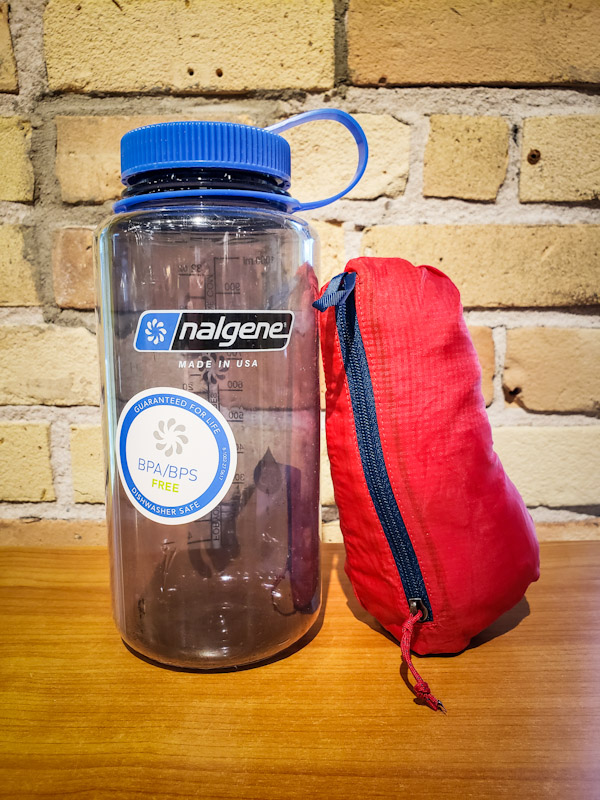Time to Break Out Your Shorts! But Don’t Pack Away Your Parka.
Spring in Duluth is an interesting time. Ships break through crushed ice as spectators watch from every lake view window. Hawk Ridge and the Lakewalk get more traffic than Superior St. detours. We all get duped into thinking that spring is finally here! Then Lake Superior decides to play its part in the forecast and we end up with a sampling of all four seasons in one day.
On a recent jaunt through the woods, I was faced with such a circumstance. My first steps on the trail left footprints in snow, ice, and mud as I adjusted the brim of my hat down to my sunglasses, blocking the beaming sun. Miles later, I would have to repeat this act but to block rain, sleet, hail, and golf ball sized snowflakes swirling in the spring breeze. Tucking into a remote shelter along the trail, I zipped up the rain jacket I had packed away to protect me in a circumstance like this.
Rainy days do not have to turn into indoor days. Proper rainwear will protect you from the wet and cold that can quickly lead to hypothermia. The selection of a rain jacket or pants spans a wide price range, but what makes a $500 jacket better than a garbage bag with some holes cut in it?
A general answer to that question is the more you spend on a rain jacket, the more comfortable it will keep you. When broken down into more detail, more expensive pieces will include advanced fabrics and added features designed to reduce weight, breath better, and/or provide extra protection from the elements.
To highlight some of the details, we have picked out some rain jackets that set themselves apart.
Stretch Fabric:
A rain jacket’s main job is to keep you comfortable while doing the things you love. If that involves hiking, camping, paddling, or anything else where you are moving your appendages, it is likely that a jacket does not move with you. New stretch fabric, like that found in the Men’s Patagonia Stretch Rainshadow and Women’s Mountain Hardwear Stretch Ozonic jackets, respond to your movements and stretch with you.
 Mountain Hardwear Stretch Ozonic
Mountain Hardwear Stretch Ozonic
Ventilation:
One of the biggest complaints about rainwear is that the fabric to keep water out also traps heat in. While there have been innovations that have made waterproof fabric more breathable (Gore-Tex® and Pertex®), they still do not breathe as well as softshell garments. While we wait for technology to catch up, the best options for breathability is to add vents that can be opened or closed in strategic areas. The Patagonia Torrentshell features a large underarm vent and the Outdoor Research Foray has an extended underarm zipper, reaching all the way to the waist.
 Outdoor Research Foray
Outdoor Research Foray
Packability:
If the sun is shining bright but you rarely check the weather, a lightweight and packable jacket may fit your need. These jackets are popular at higher elevations, where storms can pop up or temperatures can change quickly. We think they work well here too, where Lake Superior has a similar effect on the weather! Patagonia’s Houdini Air for men and Outdoor Research’s Helium Hybrid for women offer highly weather-resistant protection and pack down to pocket size. These shells also work well as windbreakers and an extra layer to retain warmth.
 Patagonia Houdini
Patagonia Houdini
Rainwear serves an important function to keep us dry and warm during inclement weather. We love to be outside, and the weather should not dictate our schedule of activities. No matter the season, a good rain jacket will help you get outside and stay outside longer.

Recent Comments